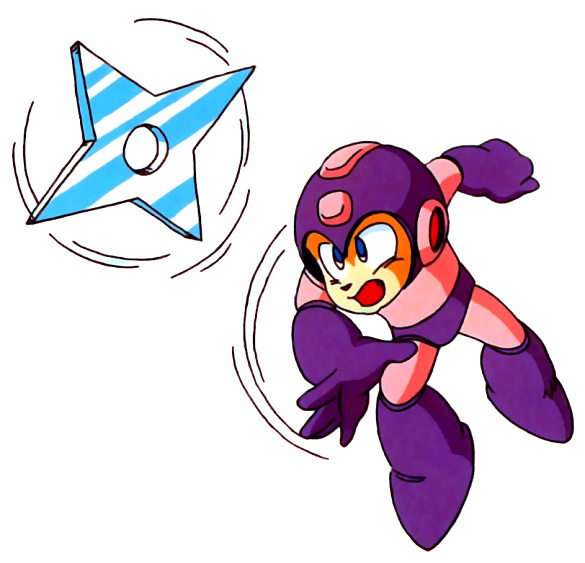

In particular, your wall-climbing ability is dependent on rapid tapping of the directional and jump buttons, and it can be hard to direct your ascent away from flanking walls of spikes. At times, the tricky acrobatics required by different situations can feel stiflingly frustrating.

At the conclusion of each stage, a typically beautiful score card screen shows your time and what percentage of the available gold you picked up, through gently wafting steam from a hot bowl of ramen.Ĭriticizing Shadow Blade is less a matter of isolating its flaws, than imagining what would make a very good game into a perfect game. You can see how well you did in each segment by looking at its thumbnail icon, which displays between 0 and 3 gold throwing stars to indicate your level of success. After you have beaten the game by bringing your master the bad news (one hopes the currently locked “Coming Soon!” chapter icon portends a progression in the story), you can play through again to beat your previous performance on each stage. The game is divided into 5 chapters, each of which has between 10 and 12 internal stages that have slight visual variations and different times of day. It’s a good thing the techno soundtrack stays in a somewhat downbeat mood, or the tension might be untenable.Īnother way in which Shadow Blade supplements its simplicity is by having so many different stages to play through. They’re easy to kill but can be hard to spot, so keep your eyes peeled. Bad guys come at you with swords, guns and flame throwers, and explode into perversely beautiful geysers of blood when you chop at them.

By tapping left and right arrow buttons on the left side of the screen and the jump and attack buttons on the right, Kuro slices through leather-clad thugs at a run, dashes through the air and divebombs them with his sword, or lashes out with a grappling hook and pulls them onto his blade if he catches them unawares. Shadow Blade’s many challenges are so diabolical, in fact, that the game would be prohibitively frustrating if it weren’t for its beautifully responsive controls. Luckily there are save points scattered around each stage, because some obstacles require razor reflexes and relentless retries to figure out how dominate them. Or, you can explore alternate routes through the city’s underbelly, smashing through ice walls and braving beds of oversized blades, deadly electrical fields and circular saws to gather up gold coins and maximize your final score. You can play it straight and sprint from the beginning of each stage straight through to the end, closing the distance between you and your master as fast as possible to focus on beating your best time. Kuro descends into a multi-tiered labyrinth of rooftops and alleys lit with paper lanterns, Bladerunner-style LED billboards, and neon lights swarming with gnats. The first one you’ll meet is the game’s real main character: its lavishly detailed metropolis. This sidescrolling action game offsets its simple story with a fistful of excellent features. Its gorgeous imagery and pulse-pounding action more than make up for the absence of climactic battles, or even much of a script. In spite of these paper doll characters and the flimsy narrative, which is only a preamble to a more exciting-sounding clan war story, Shadow Blade is absolutely riveting for each of its 50 or so stages. The faceless Kuro is defined only by this mission, and his master is just as anonymous as the rival clan, which puts no boss fights in our hero’s path.

The paper-thin plot centers on Kuro, a lone ninja who must slash his way through a cyberpunk cityscape to warn his master of a rival clan’s uprising. The Swedish-American developer team DeadMage has followed up their mythology-based melee-explorer fantasy-adventure debut Garshasp: The Monster Slayer with a fast-paced platformer called Shadow Blade, which is more concise in every way.


 0 kommentar(er)
0 kommentar(er)
